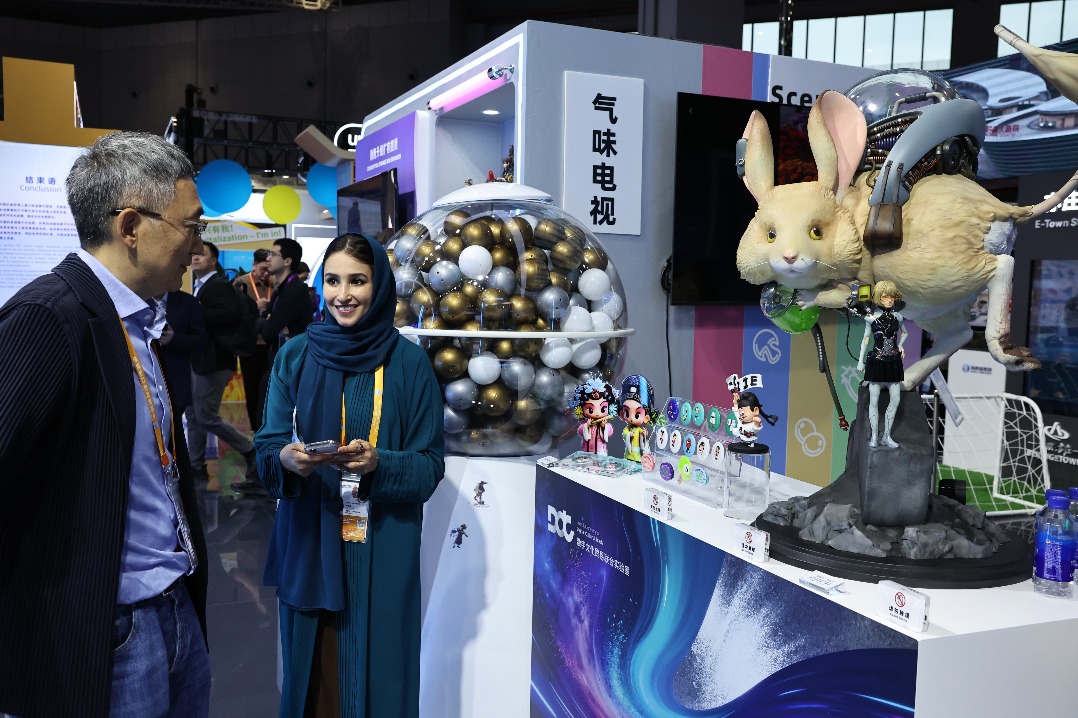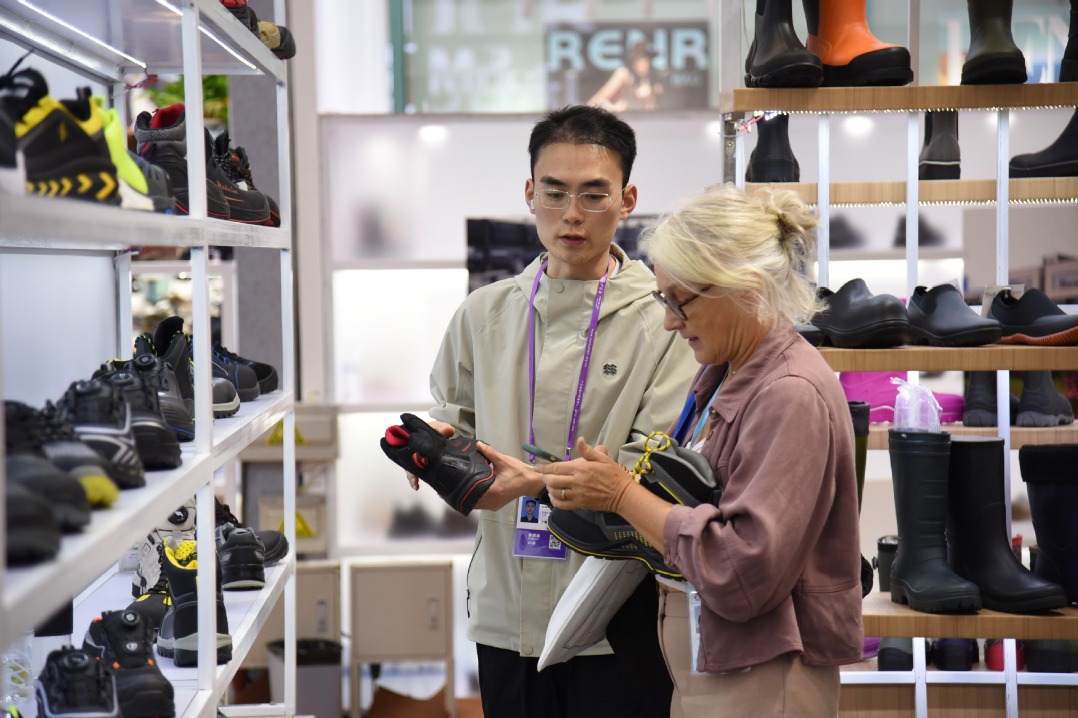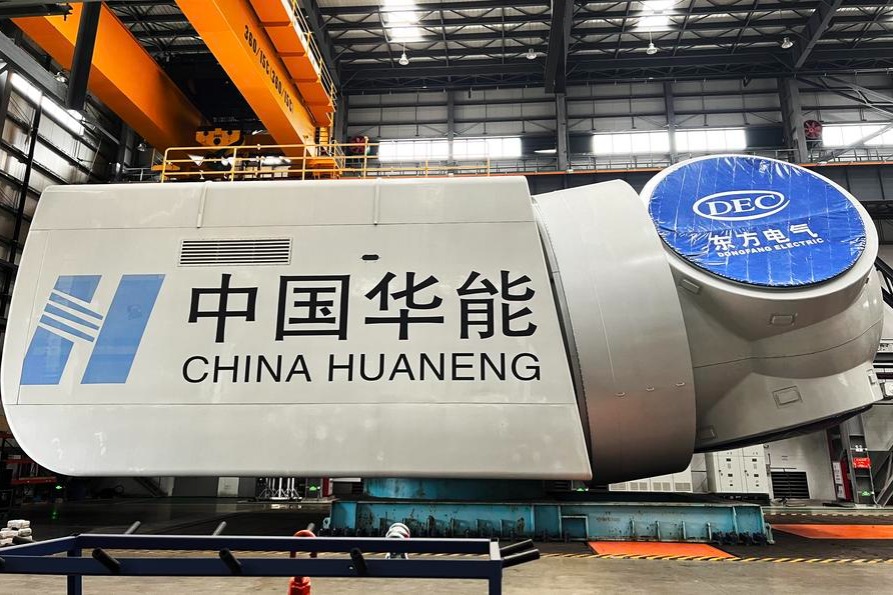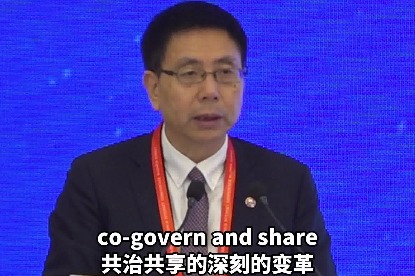Trade body: PV power to surge


Centralized and distributed plants set to grow amid uncertainties, surplus risk, profits
Photovoltaic (PV) installations will surge in China this year, reinforcing clean energy's dominant role in the country's green transition, a trade body predicted on Thursday.
Wang Bohua, honorary chairman of the China Photovoltaic Industry Association (CPIA), raised his projection for this year's newly installed capacity of solar power from 95-120 gigawatts to 120-140 GW.
Wang predicted both centralized and distributed PV plants in the solar industry will grow in the second half. Most of such solar projects locate in the Gobi Desert and other arid areas.
He noted that several uncertainties, like those over the integration of solar power into the grid, electricity marketization and infrastructure construction, might pose challenges and make market predictions more complex.
He said the use of solar power in transportation and offshore solar power will increase further.
Zhao Yanhui, an analyst at PV consultancy InfoLink Consulting, said the solar industry's rapid growth may intensify competition, adding that surplus capacity appears likely and may push some companies "out of the game".
Yang Xudong, deputy head of the electronic information department at the Ministry of Industry and Information Technology, said the departments concerned are accelerating the formation of a new system for the standardization of PV technologies.
These, experts said, will help promote healthier development of the PV industry, and address challenges like construction of low-quality PV facilities and supply-demand imbalances.
Growth of China's PV industry in the first half has been robust. According to data from the National Energy Administration, newly installed solar capacity reached 78.42 million kilowatts in the first half, driving up newly installed renewable power capacity to around 109 million kW, which accounted for 77 percent of the country's new installations of all energy sources.
According to the NEA, total installed capacity of solar power grew nearly 40 percent year-on-year to 470.67 million kW by the end of June. Total installed capacity of renewable energy surpassed 1.3 billion kW.
Several leading PV firms are anticipating that their first-half net profits will double on the back of sustained growth in market demand and price drops of upstream silicon materials.
In this context, PV facility company Eging PV Technology Co Ltd leads the pack, with its net profit projected to soar at least tenfold to a range of 280 million yuan ($39 million) to 320 million yuan.
Major Chinese PV player Jinko Solar Co also revealed its half-year performance forecast, estimating a 304 percent to 349 percent year-on-year surge in net profit, which is expected to be between 3.66 billion yuan and 4.06 billion yuan.
Zhong Baoshen, chairman of solar power company LONGi Green Energy Technology Co Ltd, said the company aims to double its sales of PV modules to 85 GW and expand those of silicon wafers to 130 GW this year, to capitalize on the fast-growing demand for new PV installations.
Jiang Yali, a solar analyst at energy research provider BloombergNEF, said China's strengths are a comprehensive PV supply chain and significant cost reductions, thanks to technological advancement, solidifying the country's leading role in the global supply chain. She said the country is home to more than 75 percent of the global supply chain.
CPIA data showed that in the first half, export value of China's PV products surpassed $29 billion, up 13 percent year-on-year. Wang said silicon wafers and solar cells now account for a larger share of total exports.
"Rising orders from home and abroad have contributed to the profit growth, mostly of the downstream PV facility manufacturers, who also enjoyed a reduction in production costs due to declining silicon prices. However, material providers in the upstream have had a rough time," said Lin Boqiang, head of the China Institute for Studies in Energy Policy at Xiamen University.



































